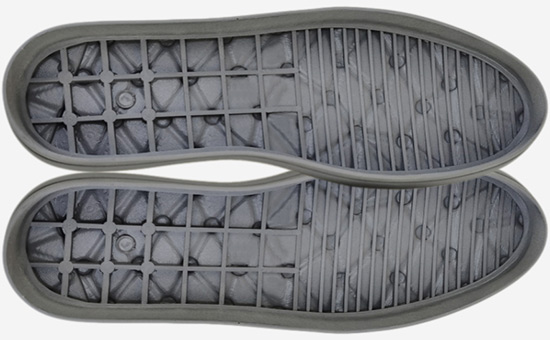
The main component of natural rubber is rubber hydrocarbons, which have good elasticity, flexibility and resilience, high tensile strength, good wear resistance and tear resistance. Isoprene rubber is polyisoprene rubber, which is similar in structure to natural rubber, with good elasticity, cold resistance and high tensile strength, and is also known as "synthetic natural rubber". Natural rubber and isoprene rubber are both ideal raw materials for the production of tires, is there a difference among the two in terms of performance and processing?
1. Physical and mechanical properties

Natural rubber is a self-reinforcing rubber with high tensile strength, good wear resistance and tear resistance. Isoprene rubber has good elasticity and abrasion resistance, as well as excellent heat resistance and good chemical stability; The strength of raw rubber (before processing) is significantly lower than that of natural rubber. The viscosity of isoprene rubber is similar to that of rubber compounds, but it is easy to degrade under the action of heat and mechanical forces, especially the high molecular weight fraction is easy to break the chain.
2. Aging resistance
Poor aging resistance is a defect of natural rubber, polyisoprene rubber has better aging resistance than natural rubber, and has relatively good heat, oil, water and chemical resistance.

3. Processing process performance
Natural rubber has high molecular weight, wide molecular weight distribution, molecular chain is easy to break, and there are a certain number of gel components in raw rubber, which is easy to carry out plasticizing, mixing, calendering, extrusion, molding and other processing processes. In mechanical kneading, the plasticity of natural rubber increases rapidly, the heat generation is low, and the calorific value is much smaller than that of synthetic rubber; The wettability of the compounding agent is good, the powder is fast, and it is easy to disperse; The mixing time is short and the mixing operation is easy to master.
Compared to natural rubber, isoprene rubber has better processing properties, especially in terms of quality uniformity. In the process of isoprene rubber processing, the plastic refining time is short, and the mixing process is simple; The rate of vulcanization is stable during vulcanization; small expansion and contraction; In injection or transfer molding processes, isoprene rubber flows better than natural rubber.

To sum up, isoprene rubber is a kind of synthetic rubber with properties close to natural rubber, with excellent physical and mechanical properties and aging resistance, and is widely used in the production of rubber products. When using polyisoprene rubber E4LYY322 to produce rubber products, it can also be used in combination with natural rubber, natural latex reclaimed rubber, and isoprene reclaimed rubber, which can reduce costs while improving the quality of finished products. In the future, we will continue to share with you the differences and application points of natural reclaimed rubber, isoprene reclaimed rubber and their original rubber.
Exclusive original article [commercial authorization] reprint, excerpt and excerpt in any form are prohibited without written authorization. Focus on Hongyun rubber: learn the process formula and raw material technology of producing rubber products from recycled rubber to help you reduce costs and increase profits